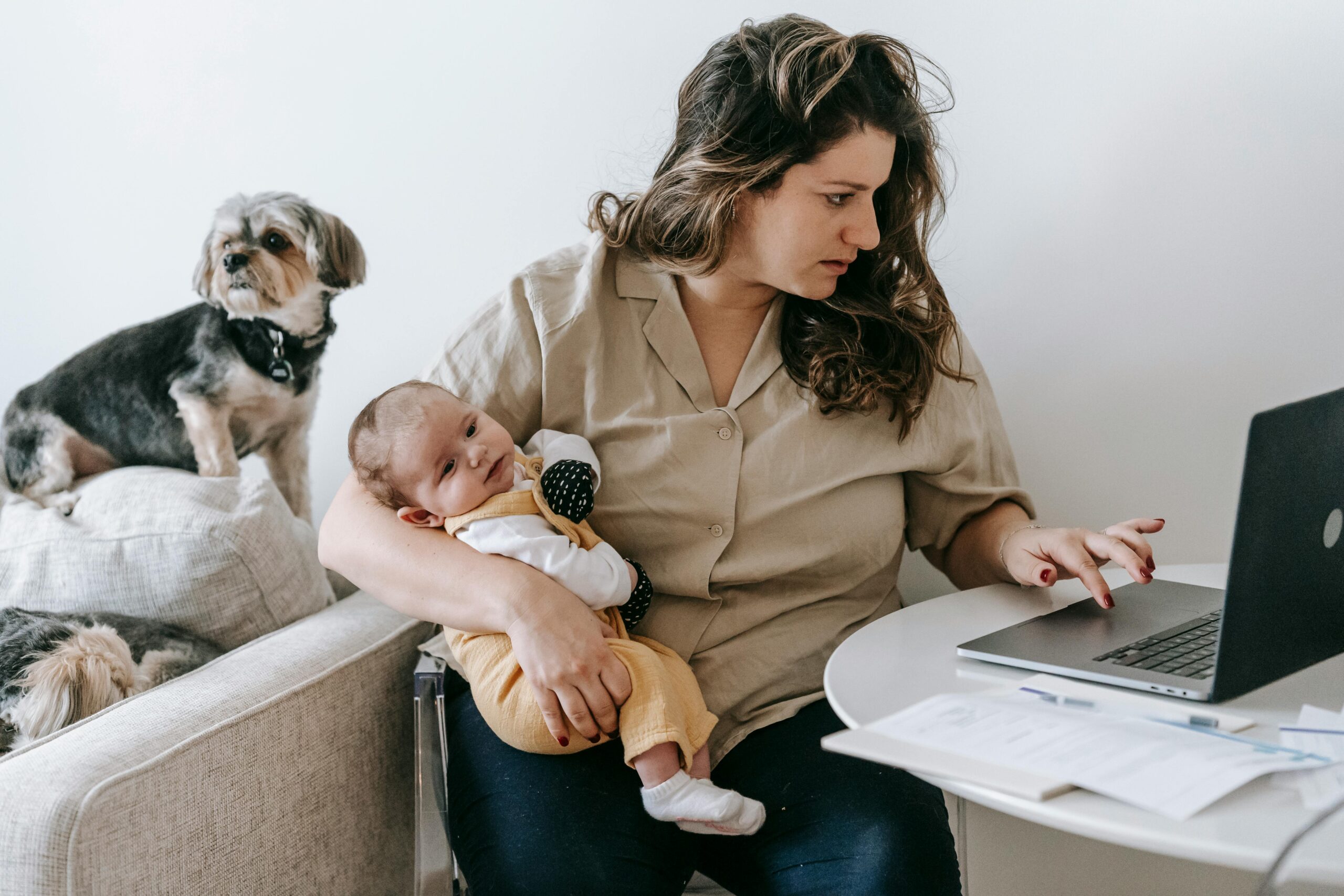A Harmonious Household Starts With Training
As a professional dog trainer, I’ve worked with many families juggling the needs of children and dogs under one roof. It’s a rewarding dynamic, but one that requires a clear structure, patience, and good communication between all species involved. If your kids are constantly chasing the dog, or your pup is stealing toys and jumping on the furniture, you’re not alone.
The good news? With the right approach, you can create a peaceful, respectful environment where both your children and your dog thrive together. Let’s dive into essential dog training tips for families with kids, so you can build strong bonds and safe habits that last a lifetime.

Why Dog Training Is Different With Kids Around
When children are in the home, training a dog isn’t just about obedience. It’s also about:
- Teaching boundaries and safety
- Preventing accidental reinforcement of bad behaviors
- Building mutual respect
- Protecting both your dog and your kids from injury or fear
Even well-meaning children can accidentally undo your training by feeding the dog from the table, letting them jump, or encouraging rough play. That’s why consistent household rules are crucial.
1. Involve the Kids (The Right Way)
Your children don’t need to be passive observers during training. In fact, involving them helps your dog learn that listening applies to everyone in the house.
Try these kid-friendly training roles:
- Practice commands like “sit” and “down” with supervision
- Let them offer treats for correct behaviors
- Teach them how to use calm body language and quiet voices
- Encourage age-appropriate tasks like filling the water bowl or preparing puzzle toys
Even young children can participate under adult supervision. Just be sure to establish your dog’s Basic Obedience Training first so that you’re reinforcing proper responses with clarity and consistency.
2. Create “Kid-Free Zones” for Your Dog
Dogs need a retreat when the house gets loud. Set up a crate, gated area, or dog bed that’s completely off-limits to the kids. Teach both your dog and your children that this space is sacred. No touching, chasing, or crawling in.
This helps prevent stress-related behaviors like growling or nipping when your dog feels overwhelmed. It also supports positive handling training, which helps dogs feel safe when being touched or approached, especially in unpredictable environments like homes with toddlers.
Explore this approach further in our post on positive handling and fear transformation, especially if your pup is on the shy or reactive side.
3. Teach Children How to “Read” the Dog
Kids are often unaware of the subtle signs dogs give when they’re uncomfortable.
Teach your kids to watch for:
- Tucked tail
- Yawning or lip licking
- Turning the head or walking away
- Whale eyes (seeing the whites of the eyes)
If your dog is showing these signs, it’s time for a break or redirection. You can also use resources like this AVMA dog bite prevention guide to help your children better understand canine signals and safe behavior around dogs.
4. Prioritize Structured Play Over Free-for-All Fun
Dogs and kids love to play, but without guidance, things can get chaotic fast. Roughhousing, chasing, and squealing can all send the wrong messages to your dog and increase the risk of nipping or jumping.
Instead, focus on:
- Tug with rules: Start and stop on command
- Fetch with boundaries: Sit before the ball is thrown
- Hide and seek: A great bonding game that reinforces recall
These games teach impulse control and obedience while giving your kids and dog a chance to bond in a safe, positive way. For more on the science behind play and learning, check out our post on how play shapes your dog’s brain.
5. Set Consistent Household Rules for Everyone
Dogs thrive on consistency, and so do kids. Decide as a family what the rules are and stick to them. For example:
- Is the dog allowed on the couch?
- Are table scraps ever okay?
- Who feeds the dog and when?
- How do we handle barking or jumping?
When everyone follows the same rules, your dog learns faster, and your kids learn valuable lessons about responsibility and teamwork.
6. Reinforce Training With Professional Support
Sometimes, managing multiple species under one roof calls for outside help. Our Basic Obedience Training is designed to give your dog a solid foundation, and we often involve families in the process so training becomes a shared experience, not just a one-time session.
Whether your goal is to reduce chaos, improve safety, or help your child feel more confident with the family dog, structured guidance can make all the difference. Explore our full Basic Obedience Training options to find the right fit for your family.
Final Thoughts: Dogs and Kids Make a Great Team With the Right Guidance
Families and dogs can live in harmony when you build respect, patience, and structure into everyday life. Involving your kids in the right way, teaching empathy, and setting clear boundaries helps your dog thrive and teaches your children lifelong lessons about responsibility and compassion.
Need help getting started or dealing with specific challenges? We’re here for that.
Contact us today to set your family up for success.

